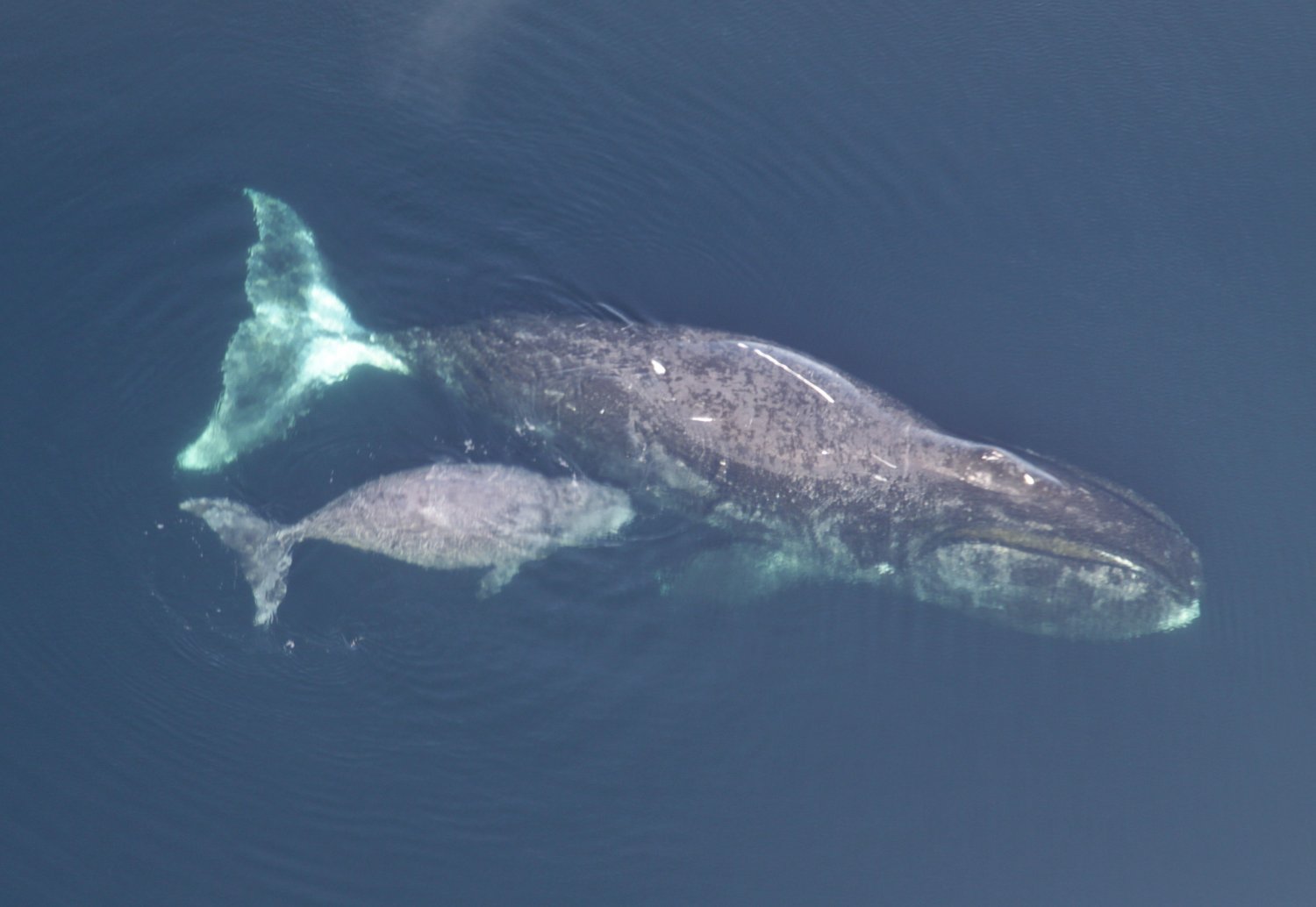Increasing numbers of bowhead whale in North-East Greenland
Increasing numbers of bowhead whale in North-East Greenland
By Peter Bondo
There is renewed hope for the critically endangered population of bowhead whales in North-East Greenland. The good reports come after researchers in 2009 observed a record number of individuals, which were seen again this summer.
Well-founded population estimate
Prospects were otherwise dim for the population of bowhead whales in the North Atlantic – i.e. between Greenland and Franz Josef Land. As late as in 2004, their number was estimated to be only about 50 individuals. And the population – defined as the ‘Spitsbergen population’ – was designated as critically endangered by the IUCN (International Union for Conservation of Nature) and appeared on the organisation's Red List.
Several hundred years ago the bowhead whale was common, but commercial whaling from 1611 and onwards dramatically decreased the population, and in 1911 there were so few whales left that hunting was no longer profitable. Although the whales have been protected for more than 100 years, there have not previously been sure signs of an increasing population.
However, in the North-East Water the whales have always been free of man. The North-East Waters is a polynya, which is a more or less ice-free area in an otherwise ice-covered sea. During the whaling period the whalers were unable to reach the polynya because of dense drift ice, and the polynya therefore functioned as a good hiding place for the huge whales, which can grow up to 20 metres long and weigh up to 75 tons.
In August 2009 biologists from the Greenland Institute of Natural Resources and Aarhus University counted walruses along the north coast of Greenland. During this period the biologists observed several bowhead whales in the North-East Water outside the far north of Greenland.
“We observed bowhead whales during our systematic counting of walruses and this enabled us to estimate the population size in this delimited area,” says senior scientist Davis Boertmann from Arctic Research Centre, Aarhus University.
Supporting tourist counts
For a smaller, delimited area of the North-East Water the biologists estimated the number to be about 100 whales. This is the highest number of individuals reported for the Spitsbergen population since whaling ceased more than 100 years ago.
And this summer it was confirmed that the biologists' estimates were well-founded. The crew and guests on board a Dutch tourist ship counted 80-100 bowhead whales in a small area at the edge of the ice between Spitsbergen and Greenland.
“This is good news, although we are not quite sure what are the reasons behind the population growth,” says David Boertmann.
Perhaps the population has grown in size through more births after about 100 years of protection. In another study in 2009 conducted in the same area, biologists observed a bowhead whale with a calf – a very rare sight.
It is also possible that the Spitsbergen population is replenished with individuals from the more numerous population in the waters between Alaska and Siberia. With an increasingly less dense ice cover in the Arctic Ocean, individuals from here may more easily swim all the way to the sea between Greenland and Spitsbergen.
Everything now suggests that there will be a greater chance in the future of meeting this magnificent animal if you are on board a ship capable of navigating in these inaccessible areas.

Bowhead whale off the North-East coast of Greenland. Photo: David Boertmann

Bowhead whale with calf. Photo: Rasmus Due Nielsen

The aircraft (Twin Otter), which was used for censuses in 2009 and the team behind the surveys in 2009. From the right: Line A. Kyhn, Lars Witting, Steen Andersen, Erik W. Born and David Boertmann from, respectively, the Greenland Institute of Natural Resources and Aarhus University. Photo: David Boertmann
Further information: Senior scientist David Boertmann, tel.: +45 2558 0687, email: dmb@bios.au.dk.





